The News
The Eclipse Foundation has launched the OCCTET project, an EU-funded initiative to provide free, open source tools to help SMEs and developer teams meet the European Union’s Cyber Resilience Act (CRA) requirements. In parallel, the Open Regulatory Compliance (ORC) Working Group announced its first major CRA resource inventory and welcomed new strategic members, including Microsoft and Red Hat. Read the news release here.
Analysis
The Cyber Resilience Act represents one of the most sweeping regulatory shifts impacting software development in Europe, with implications well beyond the EU. As we have noted in related contexts, compliance-driven initiatives increasingly intersect with the open source software supply chain, creating new pressure points for developers. With Harvard Business School estimating that open source now appears in 96% of commercial software, the regulatory burden for distributed development communities is both broad and deep.
For SMEs, the challenge is twofold:
- Resource Constraints: Many lack in-house compliance experts and dedicated budgets.
- Fragmented Responsibility: Open source components are maintained across global, decentralized communities, making traceability and security validation more difficult.
The goal of the OCCTET project is to address these pain points by offering vendor-neutral, freely available tools that can lower the barriers to entry for compliance. This is a critical move, as developers are already navigating an evolving compliance landscape that includes not just CRA, but also NIS2, DORA, and AI Act provisions.
Why These Announcements Matter
The ORC Working Group’s release of its CRA compliance resource inventory provides a much-needed starting point for developers, maintainers, and manufacturers working with open source. By consolidating specifications, best practices, and reference materials under a single umbrella, the group offers a blueprint for aligning codebases and processes with the CRA’s stringent security-by-design requirements.
For developers, this could provide:
- Faster access to credible compliance information.
- Reduced risk of overlooking critical obligations.
- Opportunities to influence upcoming deliverables through community feedback.
How Developers Have Managed CRA-like Challenges Before
Historically, developers have relied on piecemeal approaches to compliance, often adapting security checklists, integrating third-party scanning tools, or leaning on community-driven documentation. While these methods have worked for less prescriptive frameworks, they often leave gaps when applied to regulatory regimes like CRA, which demand documented processes, vulnerability management, and supply chain transparency.
Without centralized resources, the burden fell heavily on individual teams to research, interpret, and implement compliance measures, a time-consuming and error-prone process, especially for organizations without legal or regulatory staff.
The Potential Shift Going Forward
With OCCTET’s open tooling and ORC’s curated resource inventory, developers could have a more structured foundation for addressing CRA compliance from day one of a project. While the tools and guides won’t guarantee compliance (interpretation and organizational implementation still matter) they could streamline the early phases of planning and reduce the risk of costly rework later.
Importantly, the vendor-neutral governance of the Eclipse Foundation and the ORC’s liaison status with EU standards bodies gives developers a direct conduit for shaping compliance norms. This could lead to greater alignment between regulatory expectations and real-world development workflows.
Looking Ahead
As CRA enforcement timelines tighten, we may see a surge in both the creation and adoption of open compliance tooling. This could expand beyond Europe, influencing how software security and supply chain transparency are handled globally, particularly in jurisdictions considering similar laws.
For the Eclipse Foundation, ORC, and their new members like Microsoft and Red Hat, the next step will likely be expanding the scope of deliverables to cover more niche industry needs, integrating automation into compliance workflows, and ensuring the resources remain up to date as CRA interpretations evolve. Developers who engage with these initiatives early will be better positioned to navigate what is shaping up to be a new era of regulated software development.









